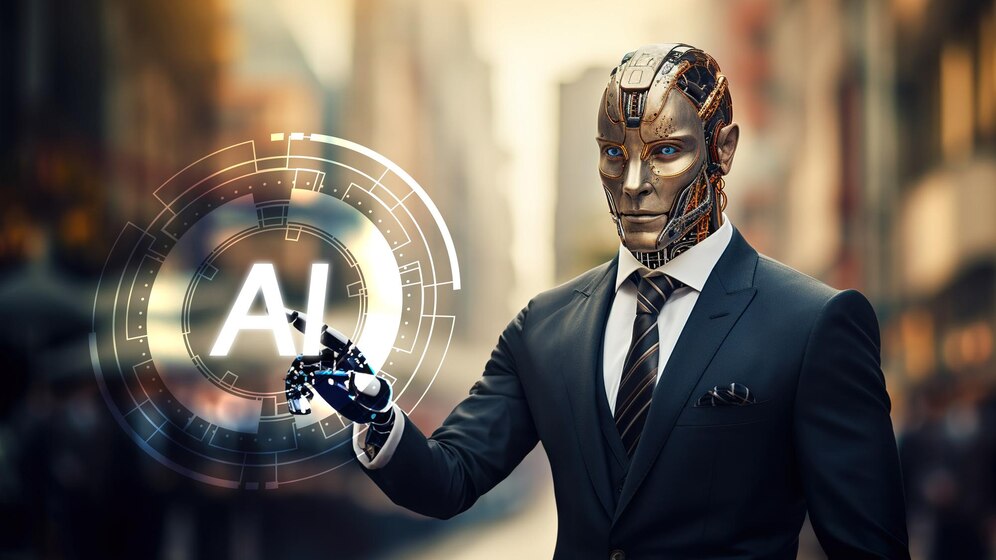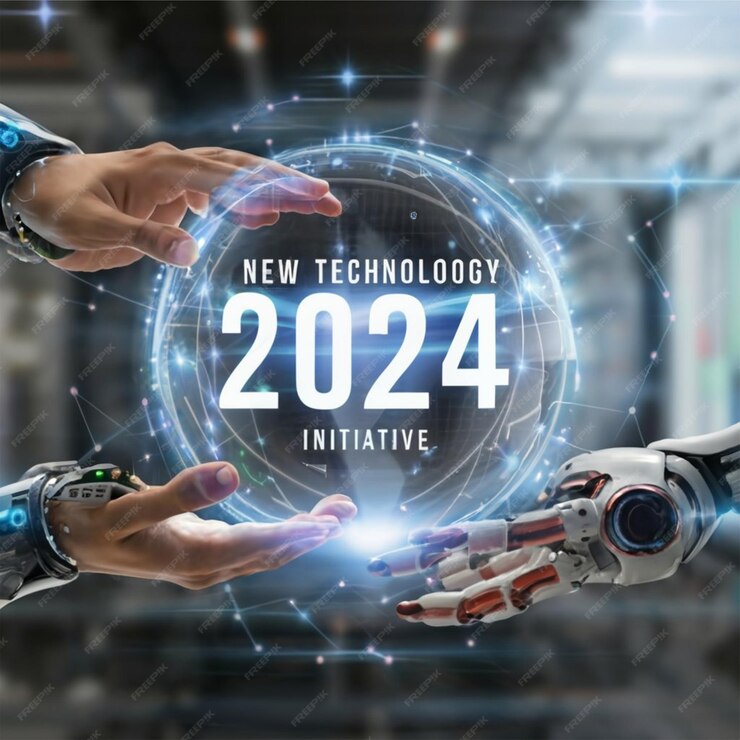In the ever-evolving landscape of technology, few advancements have captured the imagination quite like Artificial Intelligence (AI). From streamlining mundane tasks to revolutionizing entire industries, AI has become a cornerstone of innovation in the digital age. In this blog post, we’ll delve into the fascinating world of AI technology, exploring its evolution, applications, and the potential it holds for the future.
Understanding AI Technology

At its core, AI refers to the simulation of human intelligence in machines, enabling them to perform tasks that typically require human intelligence. This encompasses a wide range of capabilities, including natural language processing, machine learning, computer vision, and robotics.
Evolution of AI
The roots of AI can be traced back to the mid-20th century, with pioneers like Alan Turing laying the groundwork for computational thinking and intelligent machines. However, it wasn’t until the digital revolution of the late 20th century that AI began to truly take off. Breakthroughs in algorithms, computing power, and data availability propelled AI into the mainstream, leading to the emergence of machine learning and deep learning techniques.
Applications of AI

AI technology has found applications across virtually every industry imaginable, transforming the way we live, work, and interact with the world around us. Some notable applications include:
- Healthcare: AI is revolutionizing healthcare by enabling more accurate diagnosis, personalized treatment plans, and predictive analytics for disease prevention.
- Finance: In the finance sector, AI algorithms are used for fraud detection, algorithmic trading, and risk management, leading to more efficient and secure financial transactions.
- Retail: Retailers leverage AI for customer segmentation, demand forecasting, and personalized shopping experiences, driving sales and customer satisfaction.
- Manufacturing: AI-powered robotics and automation are optimizing manufacturing processes, increasing productivity, and reducing operational costs.
- Transportation: From self-driving cars to traffic management systems, AI is reshaping the transportation industry, making it safer, more efficient, and environmentally friendly.
Future Trends

As AI technology continues to advance at a rapid pace, several key trends are shaping its future trajectory:
- Ethical AI: There is a growing emphasis on ethical AI development, addressing concerns related to bias, privacy, and accountability to ensure that AI technologies benefit society as a whole.
- Explainable AI: As AI systems become more complex, there is a growing need for transparency and interpretability, allowing users to understand how AI algorithms make decisions.
- AI Democratization: The democratization of AI tools and resources is making AI more accessible to individuals and organizations, empowering them to leverage AI for innovation and problem-solving.
- AI Augmentation: Rather than replacing human workers, AI is increasingly being used to augment human capabilities, enabling more efficient collaboration and decision-making.
Conclusion

In conclusion, AI technology has come a long way since its inception, transforming the world in profound ways. From healthcare and finance to retail and transportation, AI is driving innovation and reshaping industries across the globe. As we look to the future, the possibilities of AI technology are virtually limitless, offering tremendous opportunities for progress and prosperity. By embracing AI responsibly and ethically, we can unlock its full potential and create a brighter future for all.


